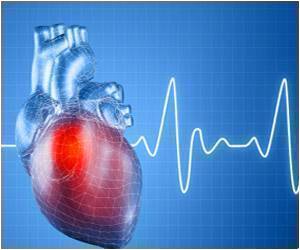To become a drug, a pharmacologically active compound must must be robust during manufacturing, packaging, storage and transport.

‘By applying the knowledge of solid-state chemistry, materials science and non-ambient conditions one can obtain drugs in solid forms with optimized properties.’





The present review summarizes how extreme
pressure and temperature conditions help achieve this highly tuned
material.In modern culture, it is very rare to find an individual who has never taken any form of medication. It must follow that the pharmaceutical industry is required to produce an enormous quantity of drug products, which can take a variety of different forms: solutions for injections, inhalation powders, sprays, tablets, ointments, patches, amongst others.
In many cases, although adopting different administration routes, different trade names are used to market the very same active pharmaceutical ingredient (API). This begs the question: if these products are the same API, is there any difference in which form is taken?
Quite simply put, yes.
Drug molecules move around the body and, by necessity, act at the molecular level. However, many of these compounds are manufactured as solids, which must either be dissolved prior to injection, or are expected to dissolve on digestion in biological fluids. In either case, dissolution is required to release individual molecules into the body.
Advertisement
Control of these, and many other, characteristics is within the scope of materials sciences and solid-state chemistry. The chemical and material properties of their physical form therefore needs to be identified and optimized for in vivo performance, reliable manufacture and the protection of intellectual property.
Advertisement
Solid-state reactions (e.g. dehydration or clathrate decomposition) can be efficient in accessing metastable polymorphs or in uniformly micronizing the sample. To achieve control over drug forms and the processes used for their robust manufacturing, one needs to account for both the thermodynamic and kinetic aspects of their transformations.
The review contains over 400 references and provides a comprehensive guide through the vast ocean of publications in this field. This work is based on the personal experience of the author over several decades of active research.
Source-Eurekalert










